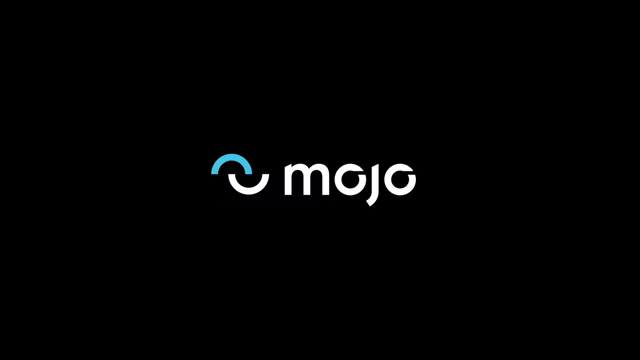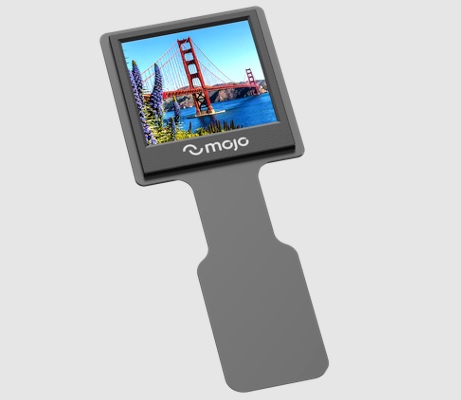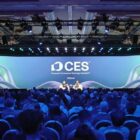
In General XR News
April 10, 2023 – Mojo Vision, developer of the ‘Mojo Lens’ augmented reality (AR) smart contact lens that pivoted earlier this year to instead focus on micro-LED displays, has recently announced a USD $22.4 million Series A investment round.
According to Mojo, the new funding will help with the development and commercialization of the company’s micro-LED display technology for consumer, enterprise and government applications. The funding round was led by existing investors, NEA and Khosla Ventures, with participation from additional investors including Dolby Family Ventures, Liberty Global Ventures, Fusion Fund, Drew Perkins, Open Field Capital, and Edge.
Mojo initially focused on the AR market with its Mojo Lens device, which was the the smallest, densest dynamic display ever made and delivered a pixel pitch of over 14,000ppi, according to the company. With the Mojo Lens now halted, Mojo has decided to focus instead on identifying opportunities in the wider XR market, as well as in the automotive, light field display, and large format display markets, plus others that require high performance micro-LED displays.

In addition to the funding announcement, Mojo Vision also announced that Dr. Nikhil Balram, who previously led the display group at Mojo, has been appointed as Chief Executive Officer. Dr. Balram brings over 30 years of semiconductor and display technology experience, having most recently held the position of chief executive officer at AR systems company EyeWay Vision Inc. Prior to that, he led the development of display systems for all consumer hardware products at Google, including AR/VR.
“The market opportunity in the display industry is big – over $100 billion. Sometimes in order to do something very big, you have to start very small. That is exactly what we are doing at Mojo,” said Dr. Nikhil Balram, CEO of Mojo Vision. “We started by developing the world’s smallest, densest dynamic micro-LED display, and now we are applying that innovation to power the next generation of displays. Mojo is combining breakthrough technology, leading display and semiconductor expertise, and an advanced manufacturing process to commercialize micro-LEDs for the most demanding hardware applications.”
“This round of funding will enable us to deliver our breakthrough monolithic micro-LED technology to customers and help bring high-performance micro-LEDs to market,” continued Balram.
Mojo Vision co-founder Dr. Mike Wiemer will continue as Chief Technology Officer at the company. The Mojo team includes micro-LED, display, and semiconductor specialists with experience at companies such as Google, Apple, HP, Marvell, National Semiconductor, IBM, AU Optronics, Lumileds, and Philips.
In addition, the company holds a portfolio of over 220 patents so far, and has developed a proprietary High Performance Quantum Dot (HPQD) technology to make very small, very bright, very efficient RGB pixels.
The company’s technology includes the following advances:
- Dynamic displays up to 28,000 pixels per inch;
- Efficient blue micro-LED devices at sub-µm scale;
- High efficiency quantum dot ink for red and green;
- High brightness at 1M+ nits;
- A display system that incorporates an optimized CMOS backplane, wafer-to-wafer bonding, and custom micro-lens optics;
- A high volume manufacturing process that is based on 300mm gallium nitride (GaN) on Silicon, and an end-to-end 300mm flow.
Mojo highlighted that micro-LEDs are the only display technology that can meet all the display requirements of the emerging augmented and virtual reality (VR) marketplace. As companies work on more immersive, experiential products, micro-LEDs will be critical components to the displays within these systems, enabling more high resolution, life-like images.
For more information on Mojo Vision and its micro-LED technology for the AR and VR market, please visit the company’s website.
Image credit: Mojo Vision
About the author
Sam is the Founder and Managing Editor of Auganix. With a background in research and report writing, he has been covering XR industry news for the past seven years.




